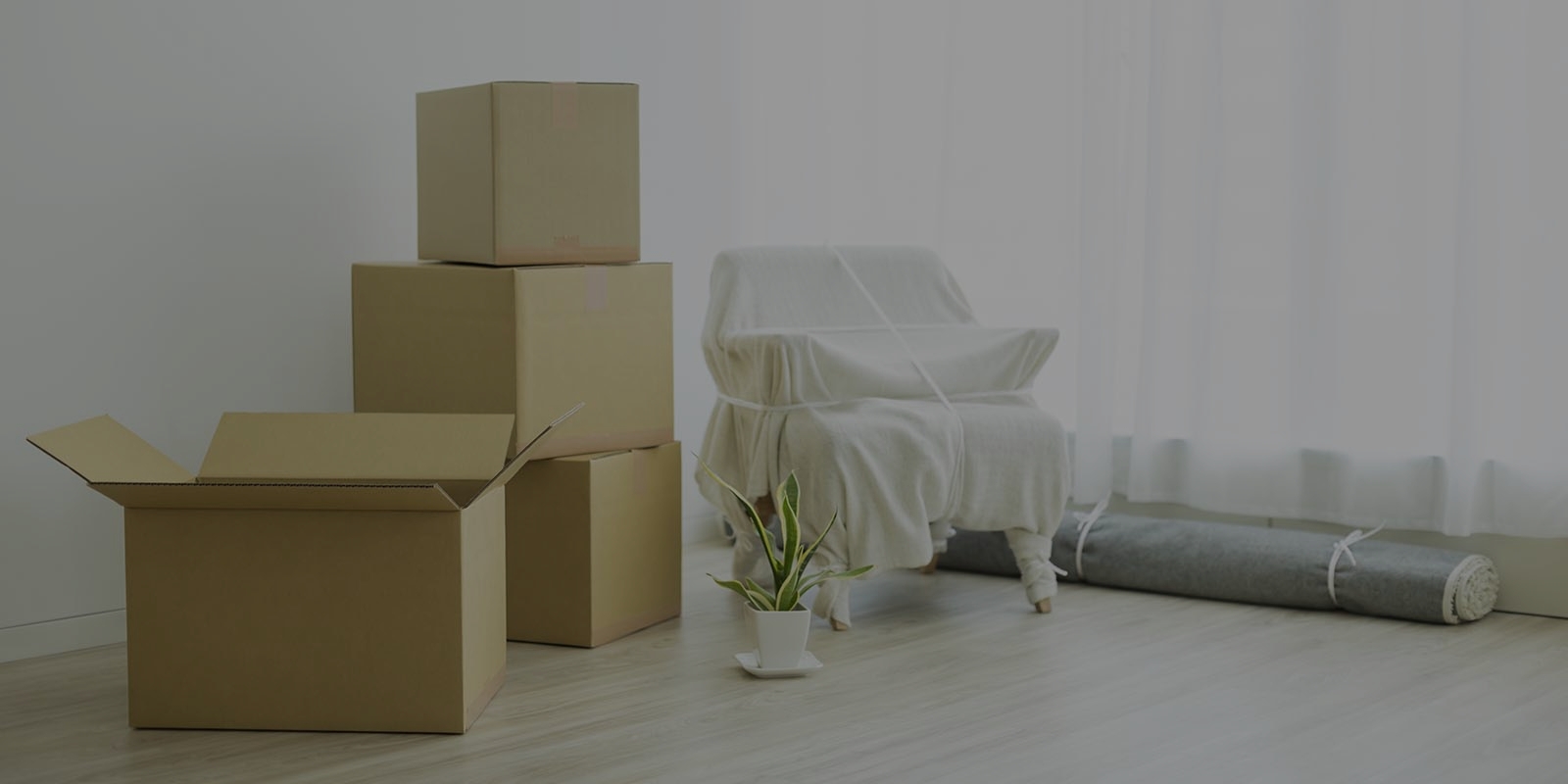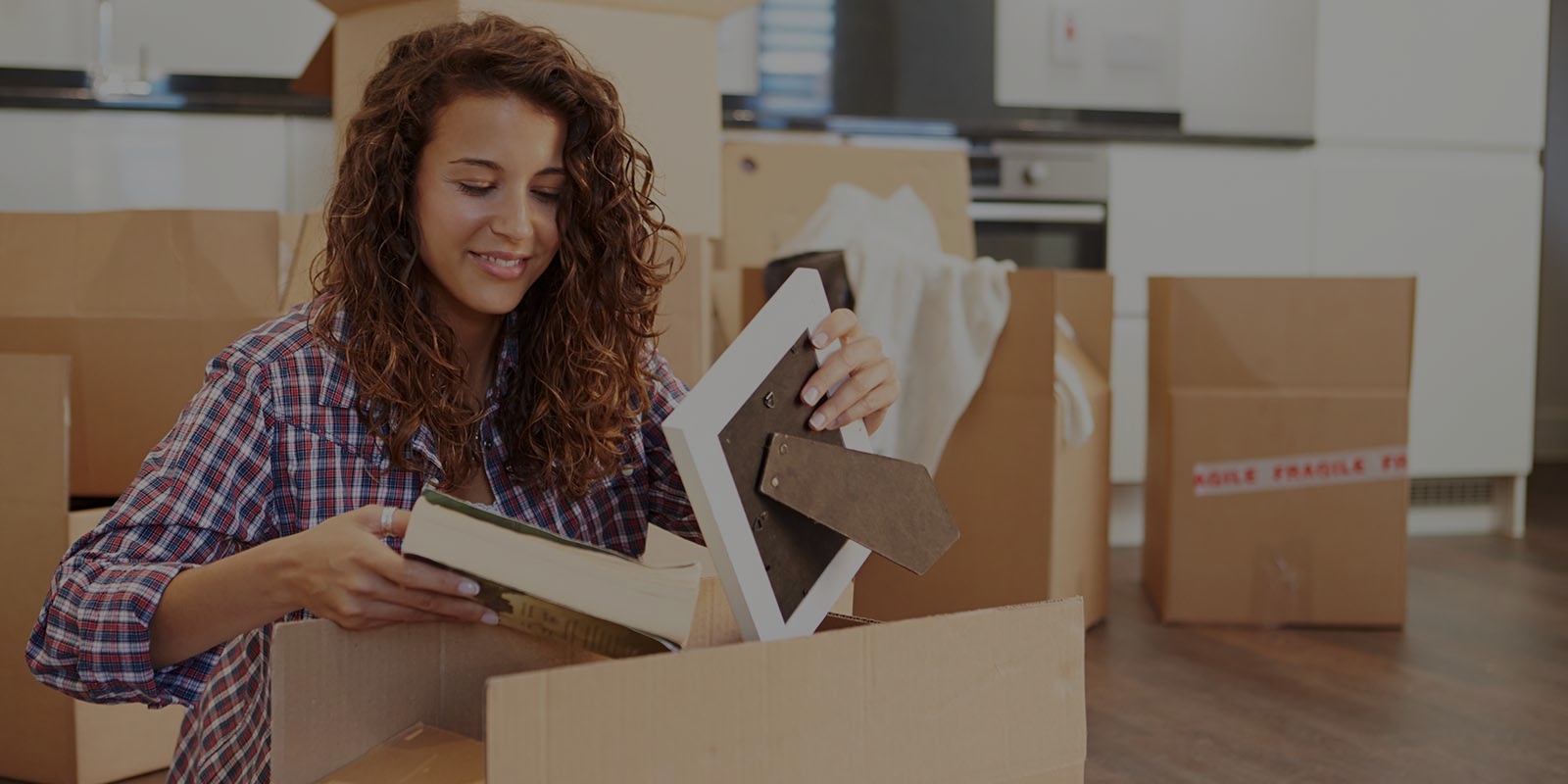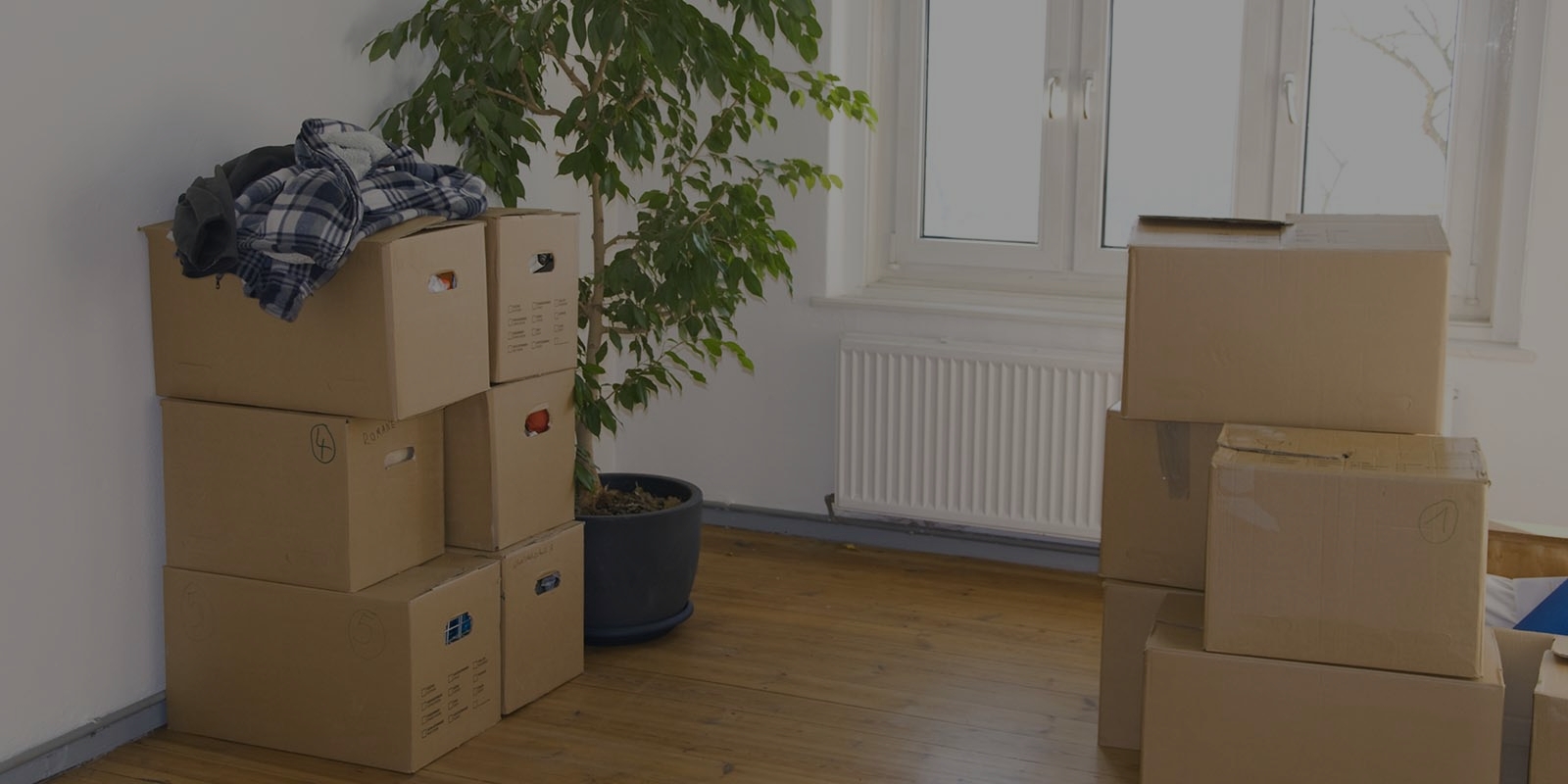Delving into the Dangers of DIY Piano Transport
Posted on 18/06/2025
Delving into the Dangers of DIY Piano Transport: A Comprehensive Guide
Pianos are not just musical instruments; they're complex, delicate, and often expensive pieces that hold great sentimental and artistic value. Many proud owners, when faced with moving a piano, contemplate handling the task themselves. While the idea of a do-it-yourself approach may sound appealing for those wishing to save on moving costs, the reality is much more fraught with risks and complications than most anticipate. This article thoroughly examines the dangers of DIY piano transport, providing essential insights for anyone considering moving a piano without professional help.
Understanding Piano Anatomy: Why Are Pianos So Difficult to Move?
To appreciate the risks involved in do-it-yourself piano removal, it helps to understand a piano's anatomy. A standard upright piano weighs between 300 and 500 pounds, while grand pianos can exceed 1,200 pounds. Beyond sheer weight, the distribution of this mass--much of it contained in the heavy cast iron harp--and the presence of numerous delicate internal mechanisms greatly complicate things.
- Complex Internal Components: Pianos contain thousands of moving parts, with strings stretched under immense tension.
- Fragile Outer Finish: Most pianos sport a high-gloss finish that is notoriously easy to scratch, dent, or chip.
- Irregular Shape: The awkward shape and uneven weight distribution present a moving nightmare, especially when negotiating stairs or tight corners.
These features make DIY piano transport much more hazardous compared to moving typical household furniture.
Common Risks Associated with DIY Piano Moving
Let's take a closer look at the notable hazards that can occur when you attempt to move your piano without professional help.
1. Risk of Personal Injury
- Musculoskeletal Injuries: Lifting a piano incorrectly can cause back strains, slipped discs, muscle tears, and even long-term joint injury. The awkward shape usually demands more than two people to lift, which increases the likelihood of miscommunication and improper lifting techniques.
- Crushing and Pinching: With hundreds of pounds moving unevenly, failing to keep your hands clear can result in crushed fingers or toes, and the piano itself can topple suddenly.
- Slipping and Falling: Pianos are often moved through corridors, stairs, or ramps where one wrong step can cause disastrous slips--endangering both movers and the instrument.
Attempting DIY piano moving puts both your well-being and the safety of anyone helping you in jeopardy.
2. Damage to Your Piano
- Structural Damage: Even minor bumps can disrupt the carefully balanced actions within a piano, causing thousands of dollars in repairs.
- Cosmetic Damage: Scratched veneers, chipped legs, cracked soundboards, and other aesthetic mishaps are far more likely without proper equipment and experience.
- Internal Mechanism Damage: If a piano is jostled or tipped, the delicate hammers, keys, or strings can be damaged, impacting sound quality and playability.
Unprofessional handling can require expensive piano servicing, retuning, or even replacement of irreparably damaged parts.
3. Property Damage Is Likely
- Scrapes, Dents, and Scuffs: Door frames, walls, and flooring are easily damaged by the substantial weight and hard corners of a moving piano.
- Flooring and Carpet Damage: Incorrectly maneuvered pianos can gouge hardwood floors or tear carpets as they slide or tip.
- Staircase and Railing Breakage: Negotiating tight staircases greatly increases the risk of more extensive structural damage to your home.
Sadly, the cost of repairing property damage from a failed DIY piano move often eclipses the price of professional moving services.
4. Risk of Complete Loss: Pianos Can Be Destroyed
While it's rare, there are numerous documented cases where DIY piano movers accidentally dropped pianos down stairs or off loading ramps, resulting in total destruction. The unique design of pianos, packed with tensioned strings and dense cast iron, means a dropped piano is often unrepairable--making this the most severe risk of moving a piano yourself.
Additional Financial Risks & Responsibility
Most home insurance policies do not cover damage incurred during self-moves, especially if improper methods are used. In contrast, professional piano movers are insured and liable for damages, providing an added layer of security.

DIY Piano Transport: Equipment You Probably Don't Have
Professionally moving a piano isn't about brute strength; it's about having the right specialized equipment and knowledge. Here's what the pros use:
- Piano Dollies
- Piano Boards or Skid Boards
- Heavy-Duty Straps & Blankets
- Ramps and Hoists for Stairs
- Protective Padding
Attempting a DIY move usually results in dangerous improvisation, such as using inadequately rated dollies and ratty blankets, which dramatically increases the odds of damage or injury.
Anatomy of a DIY Piano Move: What Typically Goes Wrong?
Still tempted by the do-it-yourself route? Let's break down the most common mistakes that occur during amateur piano moving attempts:
- Underestimating Weight and Bulk: Owners often attempt to move a piano with too few helpers or improper planning, resulting in "stuck" situations, panic, or accidents.
- Poor Lifting Technique: Grabbing a piano by its legs or fragile parts can cause breakage and personal injury.
- Inadequate Protection: Skipping blankets, padding, or straps means the piano and your property will likely suffer dings and scrapes.
- Lack of Route Planning: Missing obstacles like thresholds and tight corners can result in the piano becoming wedged, or damaging walls and stairs.
- No Professional Moving Vehicle: Standard cars or pickup trucks typically lack the space, tie-down points, and suspension needed to safely transport such a large, heavy object.
These errors underline the reality: every step of DIY piano transport poses new hazards that are easily avoided with professional care.
Professional vs. DIY Piano Moving: A Cost Comparison
One of the main reasons people consider moving their piano themselves is the perceived saving. However, a closer financial analysis often tells a different story.
Costs Involved in DIY Piano Transportation
- Rental of Moving Equipment
- Cost of Moving Truck
- Protective Blankets & Straps
- Helper Compensation (if hiring non-professionals)
- Potential Medical Bills from Injuries
- Possible Repair Fees for Piano and Property Damage
Add to this the time investment, loss of value from even minor cosmetic damage, and the stress, and the savings may evaporate.
Professional Piano Movers: What Are You Paying For?
- Specialized Equipment designed for piano safety
- Trained, experienced teams that understand piano anatomy and moving logistics
- Liability insurance covering accidental damages
- Proper vehicle transportation for stability and security
What may initially look like a higher cost often proves economical when weighed against the peace of mind and risk mitigation professionals provide.
Best Practices for Safe Piano Transport
If you decide DIY piano transport is unavoidable, take every possible precaution:
- Recruit Adequate, Able Helpers
- Measure All Doorways, Hallways, and Staircases Beforehand
- Use Proper Lifting & Moving Equipment
- Protect the Piano With Blankets & Padding
- Disassemble What You Can (removable legs, pedal lyre, lid if possible)
- Move Slowly and Deliberately
- Don't Rush; Take Breaks
Always remember: if at any point the task feels unsafe, stop and call a professional.
Frequently Asked Questions About DIY Piano Moving
Is it worth moving a piano yourself?
For most people, attempting to move a piano yourself is not worth the risk. The physical danger, potential for financial loss, and risk of property damage far outweigh any short-term cost savings.
Can't we just roll the piano on its wheels?
The inbuilt wheels on most pianos are designed solely for occasional repositioning within a room, not for traversing uneven floors, door thresholds, or outdoor terrain. They can break easily, damaging both the piano and your flooring.
How many people does it take to move a piano safely?
A minimum of four strong individuals is recommended for upright pianos, while grand pianos can require up to six people plus equipment. This is assuming everyone knows proper lifting and moving techniques--which is rarely the case outside professional teams.
Do insurance policies cover piano moves?
Most standard homeowners' insurance policies do not cover moves performed by the owner. Only professional piano movers carry dedicated liability and cargo insurance to protect your valuable instrument during transit.

Conclusion: Trust the Professionals with Your Precious Instrument
Delving into the dangers of DIY piano transport reveals a challenging, hazardous process full of hidden perils. Pianos are heavy, awkward, fragile, and costly--making them among the most complex household items to move safely.
Risks include serious personal injury, irreparable damage to your valuable instrument, and costly harm to your property--often making a professional mover the only sensible choice. While DIY attempts might seem appealing for budget-conscious individuals, the potential long-term costs and risks are often greater than the initial savings.
So, when contemplating piano relocation, always weigh the actual costs, risks, and irreplaceable value of your instrument. Whenever possible, entrust your piano to the hands of skilled moving professionals--ensuring both you and your piano arrive at your destination safely and soundly.
Further Reading
Protect your piano and your peace of mind: avoid the dangers of DIY piano transport whenever possible.







